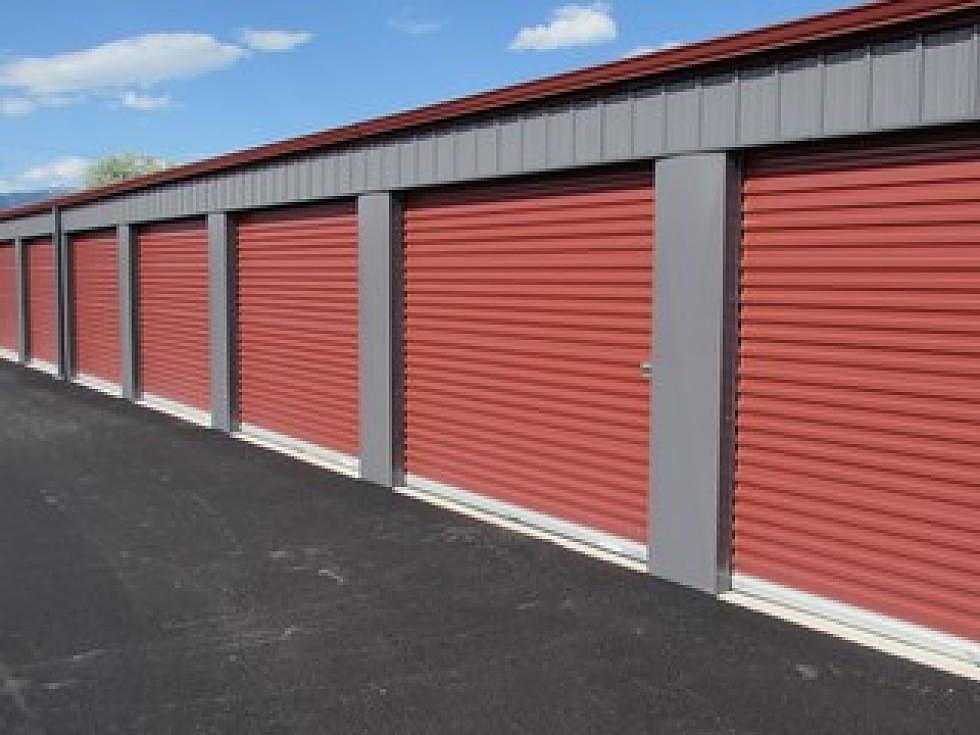
Self storage isn’t sexy, but in Missoula and beyond, it’s a hot investment trend
Baby Boomers looking to downsize and Millennials with a desire for urban living and a smaller footprint may come from opposite ends of the generational spectrum, but they're both contributing to a boom in self-storage.
Toss in a strong economy and growth in disposable income, and self-storage may stand as one of the most recession-proof real estate investments one can make, according to an industry expert with Sterling CRE Advisors in Missoula.
“It's kind of become the ugly duckling of the investment world,” said Claire Matten. “Self-storage is not sexy, it's not flashy and it's not eye-catching, and that's probably one of the reasons why it's been able to remain a sleeper in terms of an investment product.”
Population growth in Missoula and the recent boom of apartments, townhomes and condominiums have also resulted in several new self-storage projects, including one on South Reserve Street.
Earlier this month, the City Council also approved a developer's request to convert an old lumber building near South Avenue into an indoor mini-storage facility – a development trend that's occurring elsewhere.
“The biggest trend were seeing is the indoor renovation of big-box retail, office and warehouse facilities for self-storage,” Matten said. “We sold an old Target building in Phoenix that was turned into a completely indoor climate-controlled self-storage development. As you lose land that's affordable, some of these developers are starting to get creative and look at old, abandoned buildings.”
Matten admits that self-storage isn't highly regarded, presenting a typical image of rows of metal buildings, garage doors, weed-infested parking lots and an outdated management office.
But that's beginning to change as more people look to the self-storage industry as a possible investment. Yesterday's austere facilities have led to what Matten described as a new generation of self-storage projects, and that's being driven by consumer demand.
“These newer, urban facilities are modern and designed around the common goal of making the move-in experience more enjoyable,” she said. “It might be surprising to learn that the majority of your self-storage renters actually have the space at home to store a lot of their items. But many of them just choose to store it off site to make room for cars in the garage or make the attic a bonus room.”
The industry's recession-proof status is generally true, Matten said, so long as the facility is properly designed and operated. When the economy is weak, people tend to downsize, selling larger homes and moving items into storage.
When the economy is strong, they go shopping, and many of those items also end up in storage.
“Another reason storage is recession-proof in a lot of people's eyes is because it's drawn upon the results of a life event,” Matten said. “The four “Ds” of self-storage tend to be death, divorce, disaster and demand.”
Other factors playing out in Missoula may be contributing to the industry's strength and proliferation, Matten said. The need for affordable housing has led to smaller apartments and townhomes. The city's focus on inward growth may also play a factor, along with changes in consumer expectations.
“Millennials and Empty Nesters are driving the demand for urban-core living developments, and a lot of people are downsizing into smaller units with more luxurious amenities,” Matten said. “They're willing to give up square footage and trade the space for these more walkable environments rather than buy a big house out of town.”
She said two projects were delivered in 2017 and two are planned this year, including the indoor facility. Across the greater Missoula area, she counted 1.6 million square feet of self-storage space, including 10,000 units in 86 facilities.
"In 2014, just like the rest of the country, Missoula started to have a boom in self storage," Matten said. "2016 was the peak year, with just over 145,000 square feet delivered in 1,700 units. We've seen that activity dip a bit, but I'm guessing some of that is due to the lack of availability of land in town available at a price that pencils for some self-storage developers."
